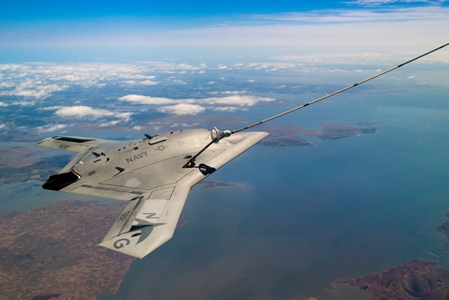
X-47B successfully completes the first autonomous aerial refueling demonstration over the Chesapeake bay on April 22. Photo: U.S. Navy
PATUXENT RIVER, MARYLAND (BNS): The X-47B Unmanned Combat Air System Demonstration (UCAS-D) aircraft achieved another milestone on Wednesday when it successfully demonstrated the first autonomous aerial refueling (AAR) test.
The X-47B is a tailless, strike fighter-sized unmanned aircraft developed by Northrop Grumman as part of the U.S. Navy's Unmanned Combat Air System (UCAS) Carrier Demonstration programme.
This is another historic aviation milestone for the X-47B which in 2013 became the first unmanned aircraft to autonomously launch from and recover aboard an aircraft carrier, Northrop Grumman said in a statement.
"AAR testing with the X-47B helps solidify the concept that future unmanned aircraft can perform standard missions like aerial refueling and operate seamlessly with manned aircraft as part of the Carrier Air Wing," said Capt. Beau Duarte, the U.S. Navy's Unmanned Carrier Aviation programme manager.
During the probe and drogue (or "Navy-style") AAR demonstration, the X-47B performed a close formation flight rendezvous with an Omega K-707 tanker. Upon clearance from the tanker crew, the X-47B maneuvered into position behind the K-707 and successfully engaged the drogue.
On completion of the refueling, the X-47B autonomously disengaged the drogue and maneuvered away from the tanker before returning to base.
"We are very pleased with the outcome of this first round of probe and drogue flights with the X-47B," said Pablo Gonzalez, UCAS-D programme manager, Northrop Grumman Aerospace Systems.
"The AAR system and X-47B both performed as expected. While we would certainly benefit from additional probe and drogue flight testing, we have reached a tipping point at which AAR is now feasible."
Northrop Grumman began developing AAR technology for both Navy and Air Force application nearly a decade ago, pioneering a "hybrid" approach that integrates both GPS and infrared imaging to enhance navigational precision and hedge against GPS disruption.
The UCAS-D industry team includes Lockheed Martin, Pratt & Whitney, GKN Aerospace, Eaton, General Electric, UTC Aerospace Systems, Dell, Honeywell, Moog, Wind River, Parker Aerospace, Sargent Aerospace & Defence, and Rockwell Collins.
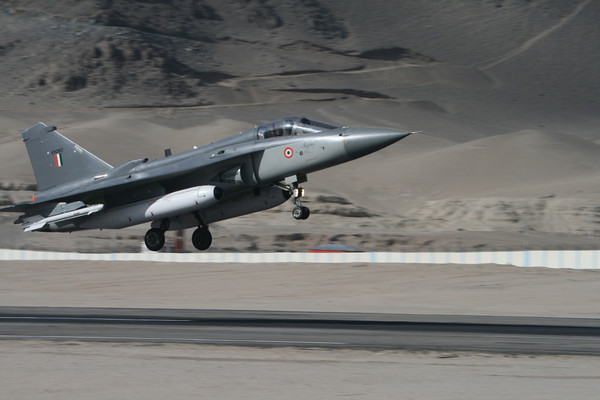 Previous Article
Previous Article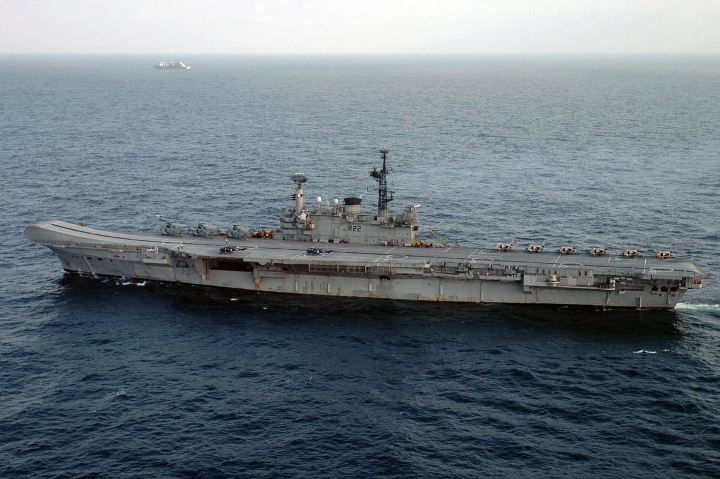 Next Article
Next Article

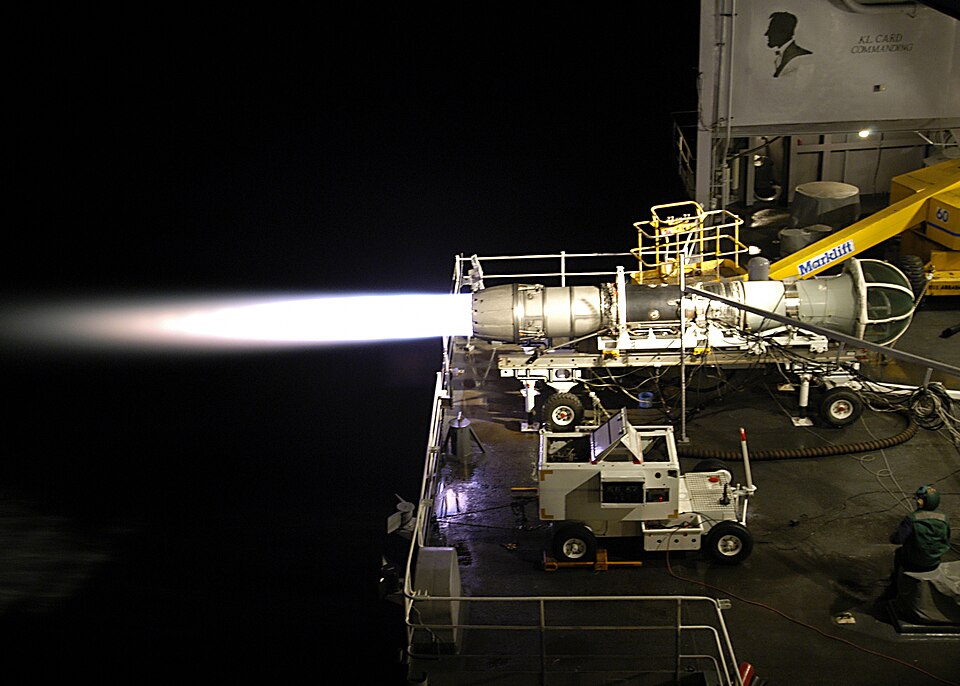
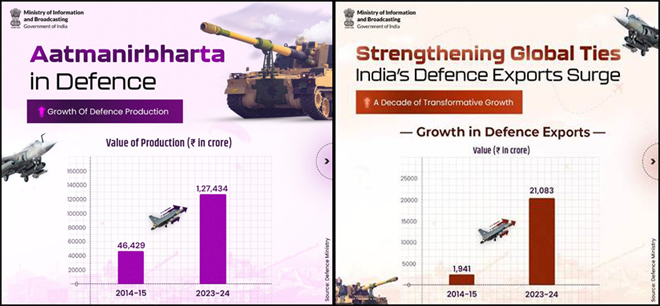










The Indian Air Force, in its flight trials evaluation report submitted before the Defence Ministry l..
view articleAn insight into the Medium Multi-Role Combat Aircraft competition...
view articleSky enthusiasts can now spot the International Space Station (ISS) commanded by Indian-American astr..
view article